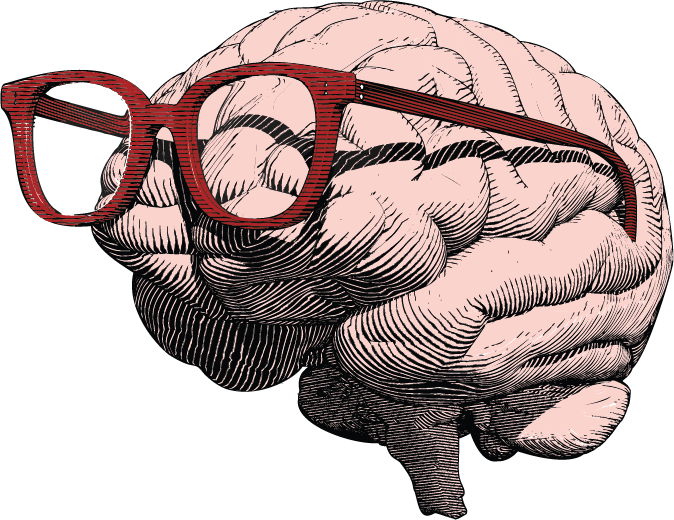
Sid Krishnan: MIT Postdoc and Co-Founder of Rhaeos
When Sid Krishnan was an undergraduate student at Washington University in St. Louis (WUSTL), his advisor asked him what he wanted to do with his life. Sid’s answer was straightforward: “something worthwhile.” How to accomplish that something, or even what it was specifically, was another matter. Sid had not been a particularly focused student prior to starting college, and had only recently decided to pursue a career in science at all. But something changed for Sid while he was an undergrad; a switch flipped, focus followed, and there is no doubt that today he is doing something undeniably worthwhile.
It Wasn’t Science, Until It Was
Sid moved to the United States from Chennai, India at the age of 18. At the time, his goal was to study and pursue a career in economics. When asked what sparked his transition to science, Sid laughs and recalls a moment that sounds as though it’s been plucked from a movie. He was walking through the WUSTL campus one evening when he passed an illuminated window from one of the laboratories. As a person with “misty-eyed visions of Bell Labs” during the famous institution’s heyday, the notion of a student working away in the lab after hours was a romanticized one. Cliché or not, he enrolled in physics the next day.
As a high schooler in India, Sid hadn’t taken much of an interest in science. As in many primary school systems around the world, the focus of science classes was memorization rather than critical thinking or problem solving. College physics, on the other hand, was captivating even if it was quite difficult at first. “[My career interest] never was science and engineering until — boom — suddenly it was,” Sid shares. “Frankly ive thought about very little else ever since.”
A Bridge Between Medicine and Engineering
Early in Sid’s graduate school career at the University of Illinois at Urbana-Champaign, he was working on wearable technologies that could adhere to the skin to measure vital statistics, such as blood flow. The work caught the attention of some neurosurgeons at nearby Northwestern University. The neurosurgeons worked on a condition called hydrocephalus — a buildup of fluid within the brain’s ventricles that puts pressure on the brain and ultimately causes brain damage. It is not a rare condition, but it unfortunately “suffers from a lack of awareness,” Sid explains.
Engineers and doctors need to talk to each other a lot more.
Sid Krishnan
The technology for treating hydrocephalus has not evolved much in quite a long time. A common treatment entails the placement of a shunt known as the Wade-Dahl-Till (WDT) valve (named in part for beloved children’s author Roald Dahl, whose son suffered from hydrocephaly after being hit by a taxi). The WDT valve was developed in 1962, and unfortunately the device fails frequently. As Sid describes it, this shunt is a technology that was “ripe for innovation,” and the neurosurgeons at Northwestern recognized that. “Engineers and doctors need to talk to each other a lot more,” Sid believes. The benefit of such collaboration could mean a world of difference for patients that currently rely on medications and treatments that haven’t seen a substantive upgrade in decades.
The neurosurgeons pitched the idea of starting a company with Sid and his advisor, John Rogers, with the goal of developing a wearable blood flow sensor that, when placed on the neck of a patient with a WDT valve, could alert doctors when the shunt was malfunctioning. Sid was not initially inclined to move forward with the idea of starting a company, but John suggested that he give it proper consideration and sleep on it (or as Sid paraphrases John’s advice: “I think you’d be crazy not to do it.”). Following the publication of their work in 2018, their company, Rhaeos, was born.
Today — only a few short years later — this wearable technology is poised to make its way into the clinic to treat hydrocephalus patients as early as next year.
Notes for this episode were written by Caroline Sferrazza.



0 Comments